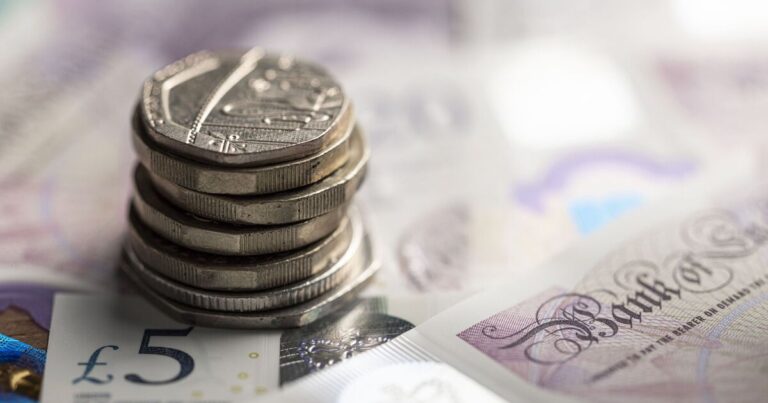WASHINGTON, April 7 (Reuters) – U.S. job growth slowed sharply in March amid continued layoffs in the retail sector, but a drop in the unemployment rate to a near 10-year low of 4.5 percent suggested the labor market was still tightening. Nonfarm payrolls increased by 98,000 jobs last month, the fewest since last May, Labor Department said on Friday. Job gains, which had exceeded 200,000 in January and February, were also held back by a slowdown in hiring at construction sites, factories and leisure and hospitality businesses, which had been boosted by unusually warm temperatures earlier in the year. In March, temperatures dropped and a storm lashed the Northeast, likely accounting for some of the stepback in hiring. The two-tenths of a percentage point drop in the unemployment rate from 4.7 percent in February took it to its lowest level since May 2007. “There probably was a large weather-related factor in there during the measurement week. If you look at the underlying data outside of this singular report and the way it’s measured, the data still suggests that job growth is pretty good,” said Russell Price, senior economist at Ameriprise Financial Services in Troy, Michigan. The dollar was trading higher against a basket of currencies, while prices for U.S. Treasuries rose. U.S. stock index futures were slightly lower. The economy needs to create 75,000 to 100,000 jobs per month to keep up with growth in the working-age population. While the bigger establishment survey showed fewer jobs created last month, the smaller and more volatile survey of households showed employment increased 472,000. The labor market is expected to hit full employment this year. Economists polled by Reuters had forecast payrolls increasing 180,000 last month and the unemployment rate unchanged at 4.7 percent. The weak payrolls gain could raise concerns about the economy’s health especially given signs that gross domestic product slowed to around a 1.0 percent annualized growth pace in the first quarter after rising at a 2.1 percent rate in the fourth quarter. Average hourly earnings increased 5 cents or 0.2 percent in March after rising 0.3 percent in February. That lowered the year-on-year increase in wages to 2.7 percent. Given rising inflation, the moderate job gains and gradual wage increases could still keep the Federal Reserve on course to raise interest rates again in June. The U.S. central bank lifted its overnight interest rate by a quarter of a percentage point in March and has forecast two more hikes this year. The Fed has said it would look at how to reduce its portfolio of bond holdings later this year. “I think for the Fed, it doesn’t change all that much in the near-term outlook. They were not going to go in May, and there are still going to be two more employment reports before the June meeting,” said Mark Cabana, head of U.S. short rates strategy at Bank of America Merrill Lynch in New York. The labor force participation rate, or the share of working-age Americans who are employed or at least looking for a job, held at an 11-month high of 63 percent in March. A broad measure of unemployment, that includes people who want to work but have given up searching and those working part-time because they cannot find full-time employment, fell to 8.9 percent, the lowest level since December 2007, from 9.2 percent in February. The employment-to-population ratio increased one-tenth of a percentage point to 60.1 percent, the highest since February 2009. Last month, construction jobs increased 6,000, the weakest since August, after robust gains in January and February. Manufacturing employment gained 11,000 jobs, slowing from the 26,000 positions created in February. Retail payrolls fell 29,700, declining for a second straight month. Retailers including J.C. Penney Co Inc and Macy’s Inc have announced thousands of layoffs as they shift toward online sales and scale back on brick-and-mortar operations. Government payrolls increased 9,000 despite a freeze on the hiring of civilian workers. (Reporting by Lucia Mutikani; Additional reporting by Herb Lash and Sam Forgione in New York; Editing by Andrea Ricci)














